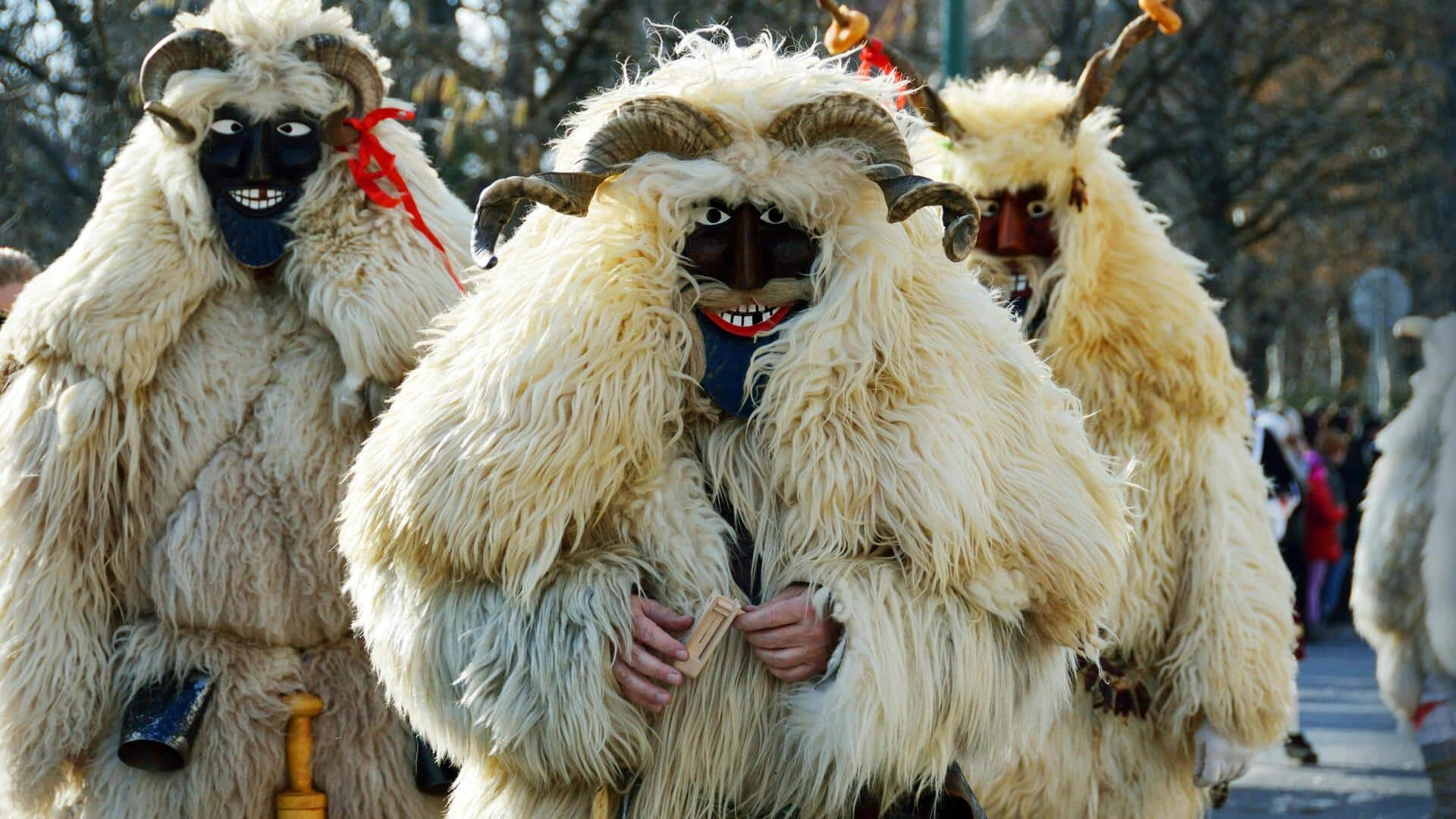
Folk dances that celebrate the spirit of Hungary
What's the story
Hungarian folk dance is a vibrant expression of the country's cultural heritage. These dances, deeply rooted in history, showcase the traditions and customs of various regions. From lively movements to colorful costumes, Hungarian folk dances are a testament to the nation's rich artistic legacy. Here are five unique traditions that highlight the diversity and creativity of Hungary's dance scene.
#1
The Csardas: A national symbol
The csardas is one of Hungary's most iconic dances, characterized by its fast-paced footwork and dramatic tempo changes. Traditionally performed at weddings and festivals, it involves a partner dance where one leads with graceful spins and quick steps. The csardas is often accompanied by traditional instruments such as violins and cymbals, creating an energetic atmosphere that captivates audiences.
#2
Kalotaszeg dances: A regional treasure
Originating from Transylvania, the Kalotaszeg dances are famous for their intricate choreography and lively music. These dances are performed in groups and highlight the community spirit of the region. The Kalotaszeg dances are characterized by circular formations, synchronized movements, and vibrant costumes that reflect local patterns and colors.
#3
Bukovina Dances: A cultural fusion
Bukovina dances are a blend of Romanian and Hungarian influences, owing to the region's diverse population. These dances feature a mix of slow, waltz-like steps with faster-paced sequences. The Bukovina style emphasizes group formations, where dancers move in unison while maintaining individual flair through unique hand gestures.
#4
Paloc dances: Mountainous grace
Originating from the mountainous regions of northern Hungary, Paloc dances are characterized by their graceful movements that mimic nature's beauty, like flowing rivers or swaying trees. These dances are usually performed outdoors during harvest festivals or community gatherings, where participants come together to celebrate seasonal changes.
#5
Szekler dances: Rhythmic storytelling
The Szekely people of Eastern Hungary perform Szekely dances, which are known for their storytelling quality. Every movement tells a story or conveys a message related to daily life or folklore. The Szekely style is characterized by rhythmic clapping patterns, which add to the narrative aspect of the performance.